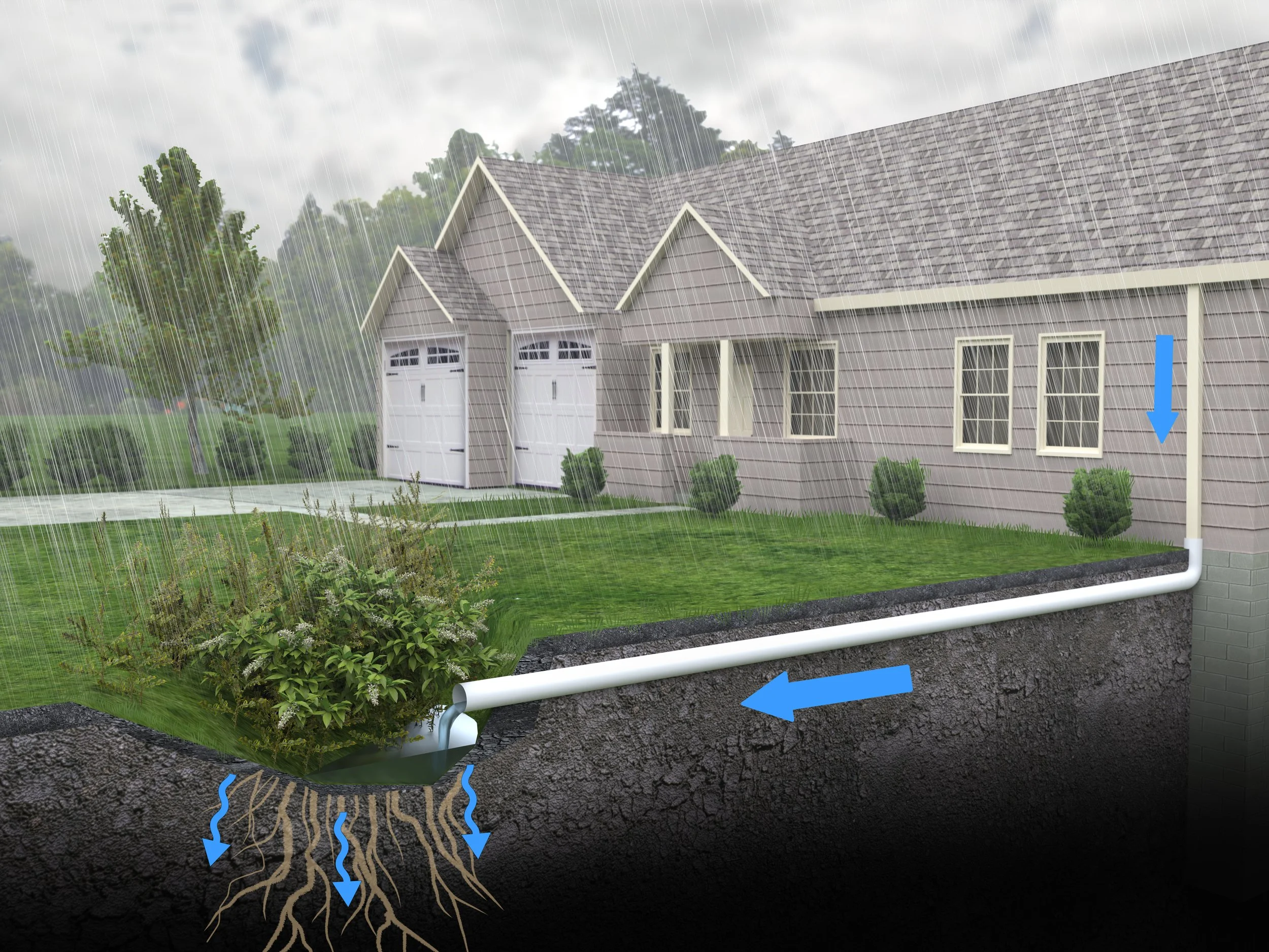Why You Need a Carbon Monoxide Detector
RH Business Marketing Solutions
Unraveling the Need for Carbon Monoxide Detectors
In the labyrinth of our modern homes, within the interwoven fabric of our lives, an often overlooked yet menacing adversary dwells. Carbon monoxide, the unassuming, tasteless, and odourless gas that dons the invisible cloak, tiptoes silently within the confines of our abodes, leaving a trail of destruction in its wake. A strategically stationed carbon monoxide detector serves as a watchful guardian, alerting us to the presence of this insidious assailant. In this cryptic chronicle, let us delve into the complex realms of CO and decipher the whys and wherefores of enlisting the protection of a carbon monoxide detector.
CO: The Hidden Enemy That Lurks Amongst Us
How Carbon Monoxide Strikes
Carbon monoxide is a deceptive master of disguise. This escaped convict from incomplete combustion can strike with a lethal bite with the slightest misstep. Appliances powered by natural fuels like gas, wood, oil, or coal nearly always produce carbon monoxide as a byproduct in small, controlled doses, which pose minimal harm. However, when the combustive process runs amok, or these appliances are improperly installed, unventilated, or poorly maintained, the generation of CO escalates to dangerous heights. Thus, the unseen villain comes alive, poised for infiltration.
Signs of Carbon Monoxide Poisoning
The onslaught of carbon monoxide poisoning carries deceitful symptoms: headache, dizziness, nausea, and disorientation, which cleverly mimic those of a common ailment. Unsuspecting victims often ignore these warning signs, which further compounds the risk.
It is worth mentioning the lethal potential of such symptoms; they can escalate from mild discomfort to life-threatening situations, depending on the amount of CO present and the duration of exposure.
Reasons Why You Need a Carbon Monoxide Detector
In the world of household safety, an enigmatic yet dangerous intruder exists. Carbon Monoxide, that infernal, virtually invisible raider, can silently infiltrate your spaces, leaving devastation in its wake. Can you feel a chill climbing up your spine just thinking about it? The inscrutable CO detector is an ironclad guardian, a knight in shining armour against this phantom peril. Hence, in our brief journey today, let's delve into the mysterious depths of carbon monoxide detection and uncover the rationale behind its paramount importance.
The Invisible Threat of Carbon Monoxide
Picture this: you're in the sanctuary of your home, blissfully ignorant of a stealthy invader creeping throughout your space. Carbon monoxide – a tasteless, colourless, odourless gas born from incomplete combustion – accomplishes the perfect deception. When fuel-burning appliances fail to burn their fuel supplies completely, the resulting carbon monoxide can silently infiltrate your space. And without our trusty CO detector, you might only realise its presence when it's too late.
Fending Off Carbon Monoxide Poisoning
Picture now a brave defender, standing stalwart against insidious carbon monoxide. Our CO detector isn't one for grand speeches; it acts with an ear-piercing alarm that signals danger. When harmful levels of carbon monoxide sneak past your defences, your guardian sounds the warning, offering you the opportunity to evacuate to safety or refresh the air on your premises.
Forestalling Appliance Disasters
A poorly performing stove, a gas furnace failing at its duty, a fireplace unable to do its job – all potential sources of excessive carbon monoxide. The bad news? You might not notice it until things go awry. But with a robust CO detector on your side, you get an early warning of malfunctioning appliances. Hence, you have the time to rectify the issues or ring up your devoted professionals.
Protection During Power Blackouts
Picture yourself trapped in a power outage and resorting to that backup generator for respite. But alas, without proper ventilation, it might just churn out a nefarious dose of carbon monoxide. Here comes your CO detector to the rescue yet again, providing a crucial safety layer in these disconcerting times.
Adhering to the Mandatory Measures
Envision opening your mail -- surprise, a fine for not complying with the government’s mandate! Yes, in many regions, it’s a legal requirement to have a carbon monoxide detector installed, particularly in residential homes. Adhering to these regulations keeps you safe and spares you potential legal nuisances.
Enjoying Peace of Mind
Even when you’re asleep or away, the silent vigil held by your CO detector offers you unruffled serenity. Moments of panic triggered by the phantom peril dissolve into confidence. An extra safety layer emerges, ensuring the protection of you and your loved ones.
User-Friendly Soldier: Easy Installation and Maintenance
Our valiant guardian, the CO detector, doesn't require epic quests to install or maintain. It’s relatively affordable, easy to set up, and adds little to your usual household maintenance routine. Regular checks, battery replacements, and occasional testing aren't too much to ask for to secure your safety.
Shields Up for Every Gathering
True heroes know no bounds, and our CO detector is no different. Residential homes, commercial complexes, hotels – any gathering is a potential covert battleground against carbon monoxide. But have no fear; a trusty carbon monoxide detector can keep this phantom adversary at bay.
In this puzzling and sometimes volatile dance with the invisible peril of carbon monoxide, the CO detector emerges as an invaluable companion. It's not just a device; it's a trusted ally, a vigilant protector, and sometimes, a lifesaver. If you haven’t yet enlisted the service of one on your premises, now’s the time because when it comes to the safety of yourself and your loved ones, no measure is too much.
How the Detector Alerts You
A carbon monoxide alarm functions as your unflinching sentry, capable of discerning the presence of this insidious foe. Upon recognising increased CO levels, the device promptly raises the alarm with an ear-piercing call to arms, alerting the residents of the impending danger and allowing prompt action.
The Strategic Deployment: Where and How to Install
Proper positioning of these stalwart devices is paramount to ensure maximum efficiency in safeguarding your fortress.
Height Matters
Unlike their smoke-detecting brethren, carbon monoxide detectors are agnostic to height, as CO is roughly the same weight as air. You may place the device anywhere between floor level and the ceiling: affixed to the wall, on a shelf, or on a table.
Spacing for Safety
Adhere to a safety margin with each detector installed. Place one on every level of your home, outside each sleeping area, and near potential CO sources like fuel-burning appliances.
The Guardian's Watch: Maintenance and Care
Regular maintenance and periodic replacement are crucial to sustain the vigilance of your carbon monoxide detectors. Follow the manufacturer's guidelines and test the device every month. Replace the batteries once yearly and the device every 5-7 years.
The Everlasting Embrace: Evade the Carbon Monoxide Menace
A carbon monoxide detector in your corner keeps the silent perpetrator at bay. Stay vigilant with routine inspection of your appliances, adequate ventilation, and unwavering detector maintenance. The shadow of CO, though ever-looming, need not cast its dark spell upon your home. Contact a professional gas fitter for installation and assistance regarding your carbon monoxide detector.
While a CO detector is neither a panacea nor a shield against this nefarious gas, it undoubtedly plays a critical role in warning you of its presence. Coupled with preventive measures and adherence to safety guidelines, you can guard your sanctuary against this treacherous foe and ensure the well-being of your loved ones.












